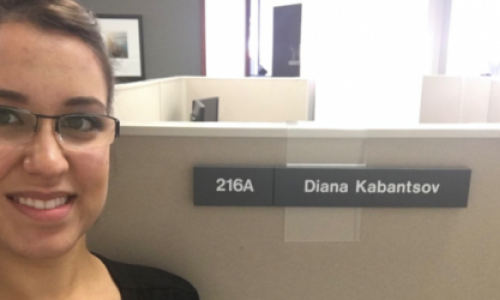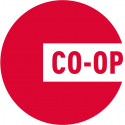When buying any vehicle for more than a hundred thousand dollars, one should expect excellence in every aspect. The seats should be soft, the ride smooth, and the appearance flawless; all while delivering breakneck performance. As a manufacturing equipment engineer in the body-in-white robotics department, I was responsible for designing, simulating and, commissioning robot systems. The body-in-white is the bare bones metal skeleton of the car. It is assembled entirely by robots employing spot welding, arc welding, riveting, and gluing systems. While the movement of advanced robotic systems is often precise to less than a millimeter, there is still much room for error. Minute changes in the size and shape of the constituent metal plates can add up to significant divergence. For example, the gap between the trunk and rear quarter must be identical on the left and right sides. While these details may not be noticeable if they are done incorrectly, they are very apparent. Every day the entire body-in-white is verified dimensionally by checking part fit, weld/rivet quality, gap width, and surface quality. Even the smallest chip or dent will be amplified when the car undergoes multiple stages of painting. Adjustments to the manufacturing processes are carried out continuously as quality checks are completed. This is necessary to ensure every car that rolls off the line is exactly like the one before and more importantly, that all Tesla's standards of excellence are met.
The most challenging aspect of transitioning into my workplace is learning to convert your ideas from theory to reality. However most of the work of a project is in its implementation. Many times, in school projects you are asked to make a solution on paper, rarely you are asked to make a prototype with limited functionality. This is strongly contrasted with the projects that I completed at Tesla, which have I have carried from inception to complete production readiness. This means that my robot program has to run 24 hours a day, 7 days a week without failing. No matter how many long days and weekends of work it requires. A robot crash has the potential to cost hundreds of thousands of dollars in damaged equipment, not to mention compromising the safety of people.
Before I started this position, the word “engineering” invoked images of equations on a blackboard, and people standing over blueprints (and many would agree with me). This is indeed a large part of my position. However, my responsibilities transcend the theoretical. The impact of a mistake in my position is much greater than simply erasing the blackboard and starting over again. For example, every minute that the production line is down the company loses $25,000. We are responsible for creating real physical product and dealing with equipment that could easily kill a person. My experience helped me to understand the responsibility that an engineer carries -- and the significance of the Iron Ring that an engineer wears.
Beyond the Blog
-
Connect with Michael on LinkedIn
-
For more reflections from SFU Engineering students, check ourt the Engineering Co-op Blog
-
Ian and Edwin share their experiences interning in Silicon Valley















